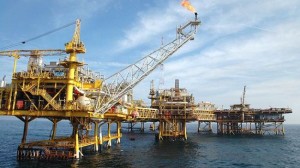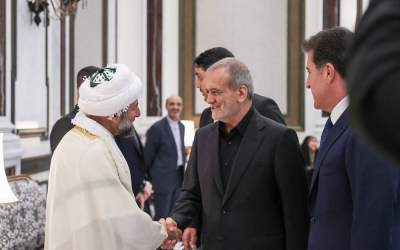 In 2013, trade turnover between Iran and Russia stood at $4 billion, while this year the figures decreased by $1.5 billion. One of the world�s top oil producers, Iran has been experiencing the effects of the four rounds of UN Security Council sanctions for turning down the West�s calls to give up its uranium enrichment program.
In 2013, trade turnover between Iran and Russia stood at $4 billion, while this year the figures decreased by $1.5 billion. One of the world�s top oil producers, Iran has been experiencing the effects of the four rounds of UN Security Council sanctions for turning down the West�s calls to give up its uranium enrichment program.Now, since the start of 2014 Moscow and Tehran have been discussing a so-called oil-for-goods deal. The barter arrangement would see Russia buy up to 500,000 barrels of Iranian oil a day in exchange for Russian equipment and goods, including metals and food. Reuters reported there was no military equipment involved. The agency added the deal was expected to reach $15 to $20 billion in total and would be done in stages with an initial $6 billion to $8 billion tranche.
Reportedly, Moscow has prepared all documents needed, and the only thing left to agree on for the two sides is the oil price.
�Iran can swap around 300,000 barrels per day via the Caspian Sea and the rest from the (Middle East) Gulf, possibly Bandar Abbas port,"�one of the Iranian officials said.�"The price is lower than the international oil price, but not much, and there are few options. But in general, a few dollars lower than the market price."
The deal would enable Tehran to boost vital energy exports in defiance of Western sanctions. The country has recently unveiled plans to double its oil production by the end of the decade. According to the figures provided by the official state-run news agency Shana, the country�s new oil minister, Bijan Zanganeh, has set a new output target of 5.7 million barrels per day of crude by 2018. OPEC says that Iran is currently pumping about 3 million barrels per day of crude.
Also this month, the Iranian oil minister said the Islamic Republic is determined to raise the volume of its economic transactions with Russia under long-term deals.
By Voice Of Russia
The Iran Project is not responsible for the content of quoted articles.










